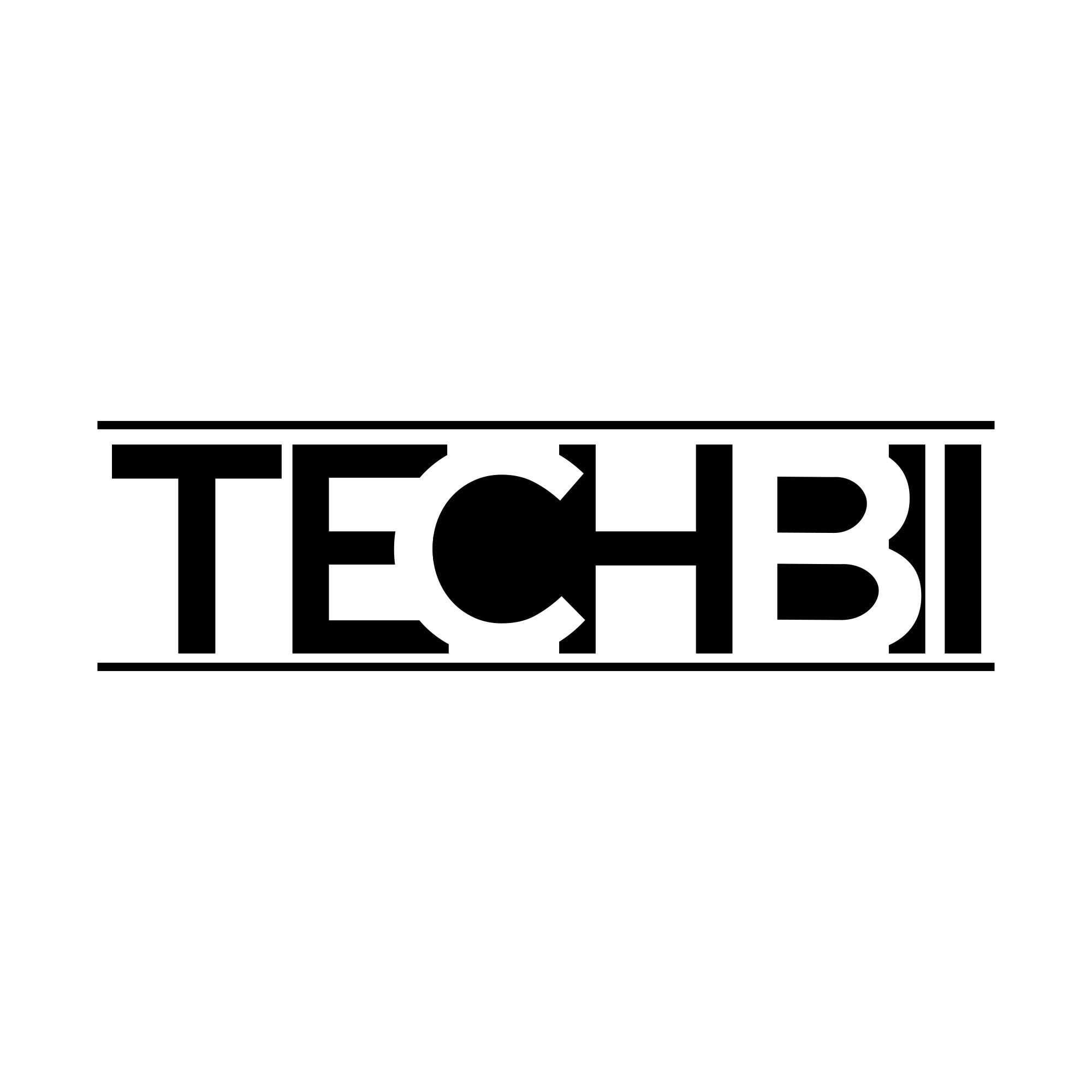
Source: Freepik
Human Resources professionals are responsible for a great deal of important work within an organization. From recruiting and onboarding new employees to overseeing benefits and payroll, HR has their hands full; one of the most important yet time-consuming tasks that HR must manage is employee leave.
A Leave Management System (LMS) is a tool that can help automate and streamline the leave management process, making it more efficient for both HR and employees.
Here are five ways a Leave Management System can increase HR efficiency:
1. Automated Workflows
The LMS can also automate the leave accrual process. HR does not need to calculate how much leave an employee has accrued manually. It can save much time, especially for large organizations with many employees.
2. Employee Self-Service
The LMS can also give employees the ability to manage their leave requests. Employees can view their leave balances, submit requests for leave, and track the status of their requests. This self-service feature frees up HR’s time to focus on other tasks such as processing payroll or onboarding new employees.
Another way the LMS can help with HR efficiency is by automating the leave approval process. Leave requests can be routed to the appropriate supervisor for approval with an LMS. Once approved, the request is entered automatically into the HR system. It eliminates the need for HR to manually enter leave requests into the system, saving time and reducing errors.
3. Leave Approvals
As discussed above, an LMS can also automate the leave approval process. It means that HR does not need to approve or deny each leave request manually. The leave requests can be automatically approved or denied based on the employee’s leave balance, the company’s leave policies, and other factors. It can save much time for HR and help ensure that leaves are approved or denied promptly. Automating leave approvals also helps ensure that employees do not take more leaves than they are entitled to.
With an LMS, leave approvals can also be tracked and monitored. It helps ensure that leaves are being approved as per the company’s leave policies. It also helps to identify areas where the leave approval process can be improved and optimized for better efficiency.
4. Time Off Tracking
An LMS can also help to track employee time off. The LMS can keep track of their leave balance and update their leave status accordingly when employees are on leave. It makes it easier for HR to manage employee absences and ensures that employees take time off appropriately.
Another way that an LMS can help to increase HR efficiency is by automating time-consuming tasks. For example, the LMS can automatically generate leave reports or send notifications when employees are nearing their maximum leave allowance. It allows HR staff to focus on more important tasks rather than spending time on administrative work.
An LMS can also help to improve communication between HR and employees. For example, the LMS can send employees notifications about their leave balance or upcoming deadlines. It ensures that employees are always updated on their leave status. It also gives them plenty of time to plan any forthcoming time off.
5. Reporting and Analytics
An LMS can also generate reports and analytics on employee leave. This information can be used to track employee absences, assess the company’s leave policy, and identify areas where the leave process can be improved.
Reports can also help identify trends, such as whether employees are taking more or less leave over time. This information can help managers and HR professionals make better decisions about the company’s leave policies while considering employee productivity.
Conclusion
With all the benefits that an LMS can provide, it is no wonder that increased number of businesses are adopting them. By improving HR efficiency, an LMS can help your business run smoother and more effectively. If you are looking for a way to improve your company’s HR process, an LMS is definitely worth considering.
Overall, a Leave Management System can help to increase HR efficiency by automating the leave process and providing reporting and analytics. It can free up HR’s time to focus on other tasks, and it can also help improve the accuracy of leave approvals and time-off tracking.
Author Bio:
John Paul Davis is a content writer with Pocket HRMS, an innovative AI-driven cloud-based HR software provider in India with over a decade of loyal clientele. His handiwork usually reflects the latest technologies in the HR domain.




